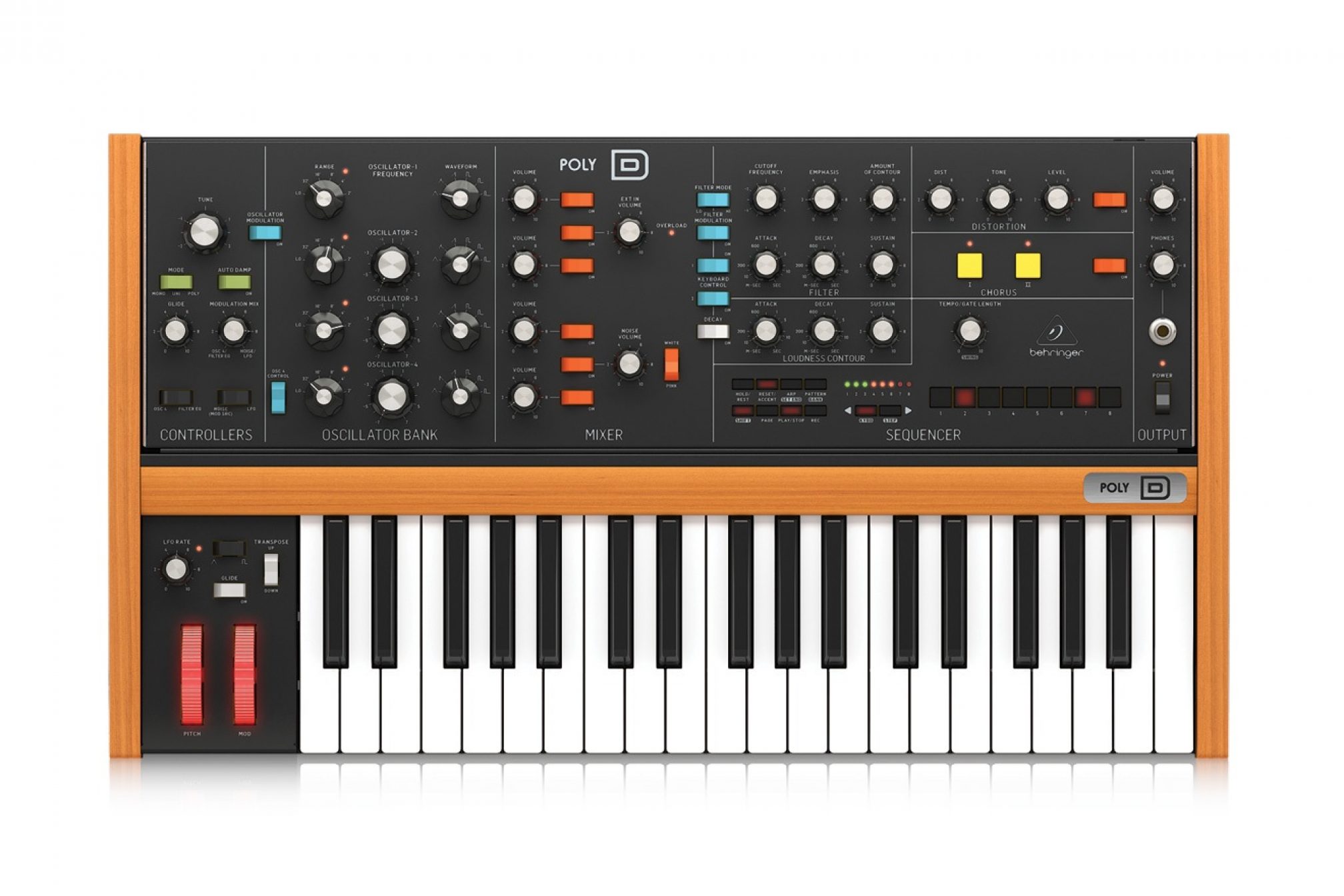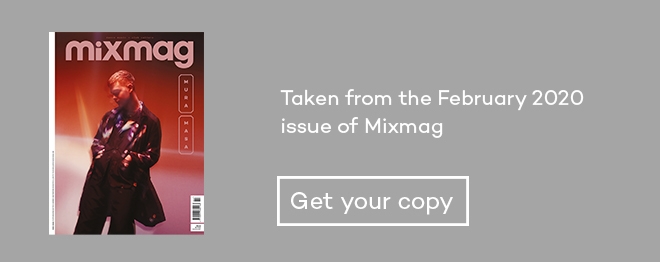 Tech Reviews
Tech Reviews
Behringer's Poly D is a dream synth reboot
Behringer's unofficial reboot run continues with the vintage-feel Poly D synth
Barely a week seems to pass without the announcement of a new Behringer device. Its conveyer belt of unofficial reboots of classic kit has wowed synth fans while courting plenty of controversy, too.
Read this next: Behringer unveils Eurorack case and new Moog modules
After shipping, the RD-8 (which won our Gear Of The Year feature last issue), the acid-inspired TD-3, the Korg MS-20-
referencing K-2, the Wasp inspired by the British classic of the same name and the all new Crave, they closed 2019 by going back to one of their most talked-about remakes and adding polyphony.
Read this next: 5 of the best studio hacks
The Model D encapsulates the Behringer spirit best. While Moog’s remake of its Minimoog was aimed at the luxury synth market, Behringer recreated the sound of the most iconic synth ever for a tenth of the original’s price. Some disliked the Model D’s compact size and budget feel, but the Poly D feels like a reboot of the reboot. Set within wooden cheeks like the original Moog and with knob per functions spread out over a generous, angled top deck, it looks like a proper vintage synth, albeit with some modern tricks up its sleeve. The ‘polyphonic’ tag is debatable, as the four voices are summed through a single filter and envelope; a more accurate description would be ‘poly-ish’ as it can play four-note chords and offers a choice of Mono, Unison and Poly modes. There are no presets. The vibe is all about creating patches in the moment, but distortion, chorus (similar to that
on the Juno 106) and an arpegiattor/sequencer should appease those who feel hard done by.
Read this next: Get the best of Mixmag direct to your Facebook DMs



